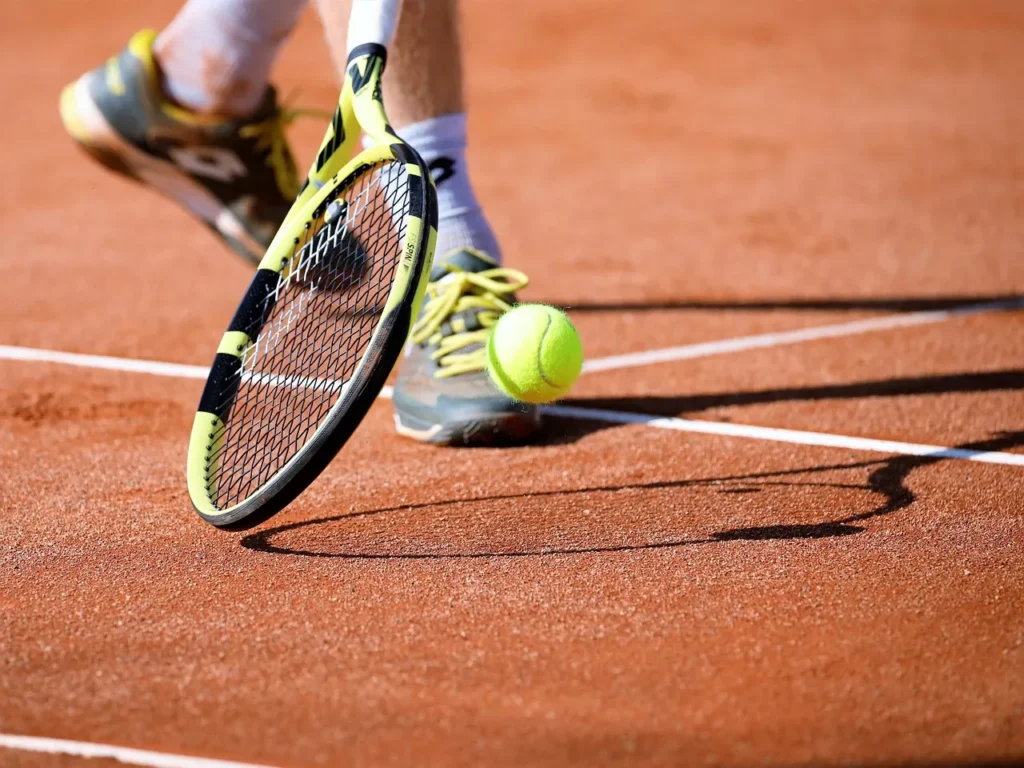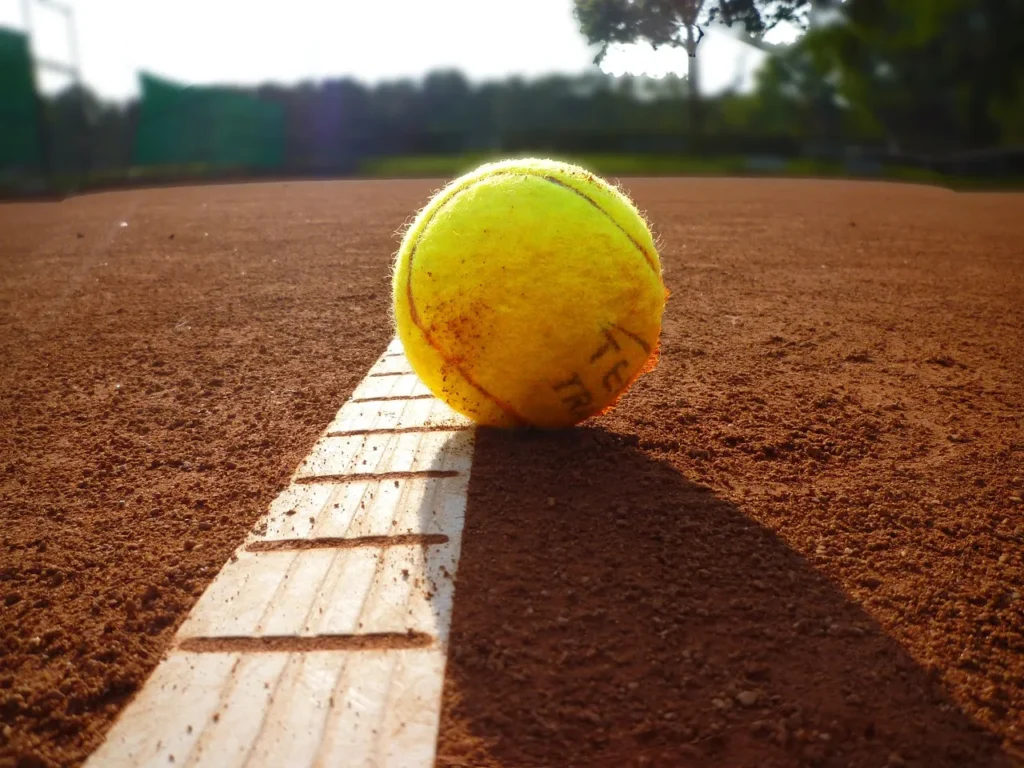Understanding Faults
What is a fault in tennis? A fault is when a player loses their first serve.
The most common fault happens when the server misses the service box. It’s vital to know that faults can occur in both serves.
Players must stand behind the baseline and serve diagonally into the opponent’s service box. If the ball lands outside, it’s a fault, granting a point to the opponent. Each player has two serves in a match.
Failing both serves results in a double fault, losing the point. Missing the second serve after a successful first counts as one fault, offering another chance. Faults aren’t just missing the ball; stepping over the baseline or tossing multiple balls improperly also counts.
Various reasons, like technique errors, contribute to faults. Recognizing these mistakes is essential for tennis improvement. Understanding faults helps enhance accuracy, minimize errors, and improve overall performance on the court.
Types and Consequences

In the exciting game of tennis, faults are an integral part that can swing the momentum of a match. Understanding the different types of faults and their consequences is crucial for any player or spectator. Let’s delve into this fascinating aspect of tennis!
Firstly, we have the most common type of fault – the serve fault. This occurs when a player fails to successfully land their serve within the boundaries of the service box on their opponent’s side.
It could be due to hitting it too long, too wide, or even into the net. When a serve fault happens, it results in an immediate point being awarded to the opponent.
Another type of fault that can occur during gameplay is a foot fault. This happens when a player steps on or over one of the lines while serving or returning a shot.
While foot faults don’t immediately affect points, frequent repetition can lead to penalties, like warnings or point forfeitures. Another type is stroke faults, occurring when players hit shots beyond court boundaries during regular rallies.
These can include hitting shots long (beyond baseline), wide (outside sidelines), or even touching one of the nets during play. The consequences of these various types of faults are significant in determining who wins and who loses a particular point.
Serve and stroke faults, landing beyond boundaries, directly award points to opponents. Foot faults may not lead to immediate point loss but can result in penalties and warnings from officials upon repetition.
Players must be aware of opponents’ weaknesses in committing faults, strategically capitalizing on mistakes to increase chances of winning crucial points and ultimately the match.
Faults Demystified: Common Types and Solutions

Common Types and Solutions: In the world of tennis, faults can come in a variety of forms, each with its own set of rules and solutions. One common type of fault is a foot fault.
This occurs when the server’s foot touches or crosses over the baseline before making contact with the ball. To avoid this, players need to ensure that their feet remain behind the baseline during their service motion.
Another type of fault is a let serve. This happens when the ball hits the net but still lands within the correct service box.
In this case, players get a second chance to serve without any penalty. Another frequent type of fault is a double fault.
This happens when a player fails to make a successful serve twice in a row. It can occur due to various reasons such as hitting the net on both attempts or hitting outside of the designated service box on either serve.
When it comes to double faults, players must adjust their serving technique and focus on maintaining consistency and accuracy. Furthermore, let’s not forget about out-of-bounds faults.
These occur when any part of the ball lands outside of the designated court boundaries during play. Whether it’s during a serve or rally, if the ball goes beyond any part of these boundaries, it will be considered out-of-bounds and result in a point for the opponent.
Solutions for common faults are straightforward but demand practice and attention to detail. Players should focus on keeping their feet behind the baseline during serves, ensuring precise timing to avoid let serves from hitting into nets, and practicing precision aiming to prevent double faults and hitting balls out-of-bounds.
Aspiring tennis players should thoroughly understand common faults to work on eliminating them. Dedication and practice can reduce their frequency, improving overall court performance while adhering to tennis rules with finesse and grace.
FAQs
1.What happens if a player serves a fault in tennis?
- A fault in tennis occurs when a serve doesn’t land within the designated service box. On the first serve, players get another chance. On the second serve, a fault results in losing the point. Causes include hitting the net or landing outside the service box.
2.Can faults be called during rallies?
- No, faults are specific to serving. In rallies, players must keep the ball in bounds and follow other rules. Mistakes during rallies, like hitting out of bounds or failing to return before two bounces, can lead to points for opponents.
3.Are there consequences for frequent faults?
- While individual faults have no direct consequences beyond point loss on second serves, frequent faults can impact overall performance and mindset. Consistent faults may diminish confidence, disrupt rhythm, and lead to frustration or mental lapses.
4.Can weather conditions affect fault frequency?
- Yes, weather, especially wind, can influence fault frequency. Wind alters serve trajectory, increasing fault chances. Extreme heat or humidity may cause grip issues, leading to errors. Weather conditions pose challenges for players.
5.Do professional tennis players commit faults?
- Absolutely! Even skilled players occasionally commit faults. Tennis demands precision, and minor miscalculations can result in faults. Professionals continually work to minimize faults, understanding that errors are part of the game. Faults don’t define a player’s overall skill; learning and adapting are crucial.



